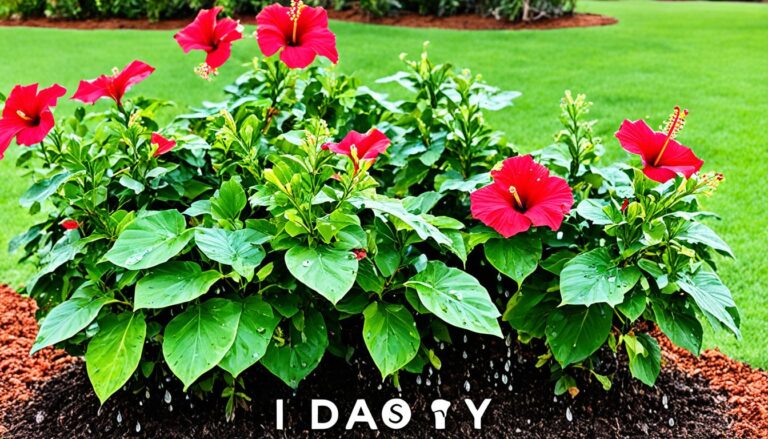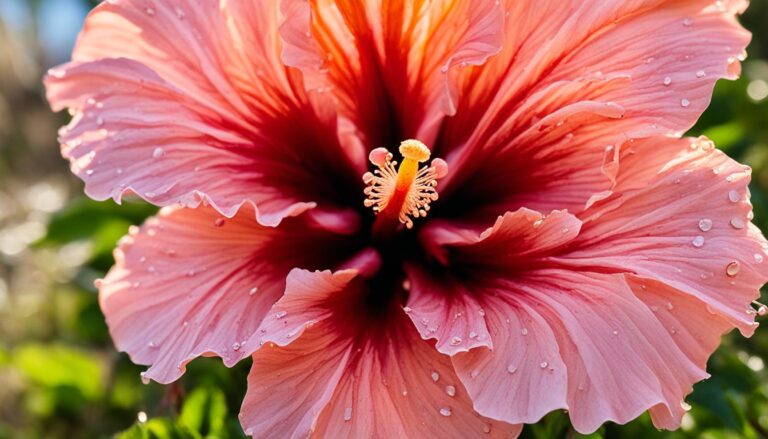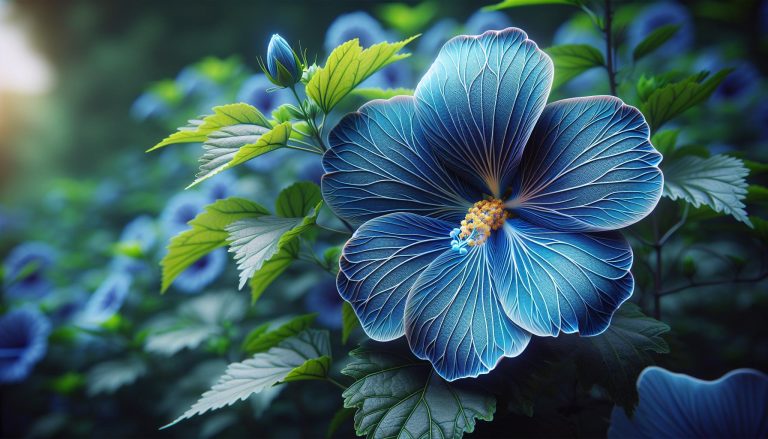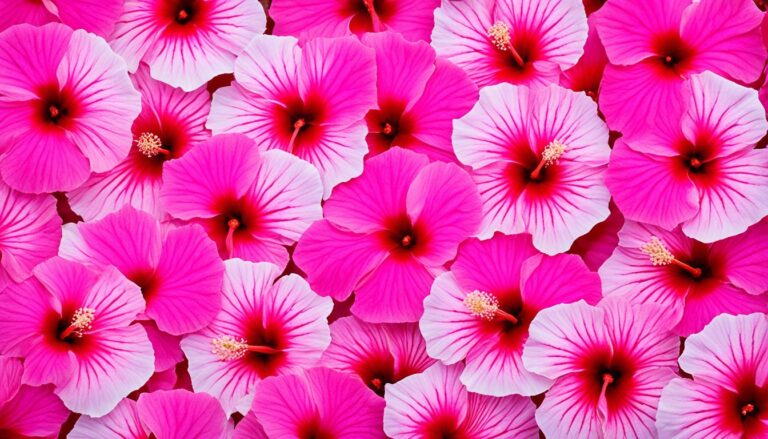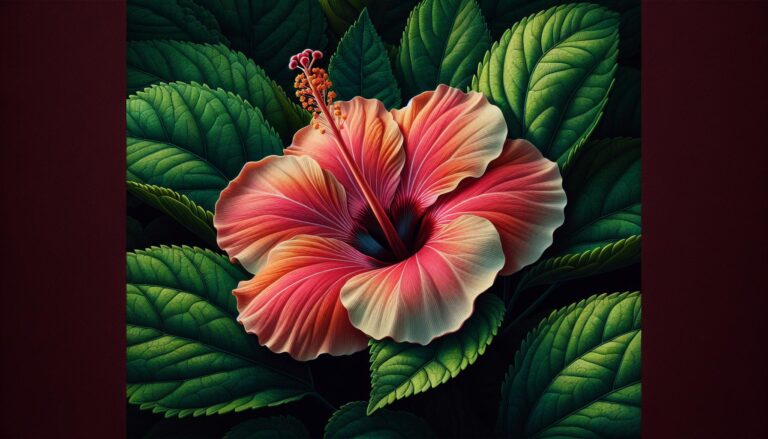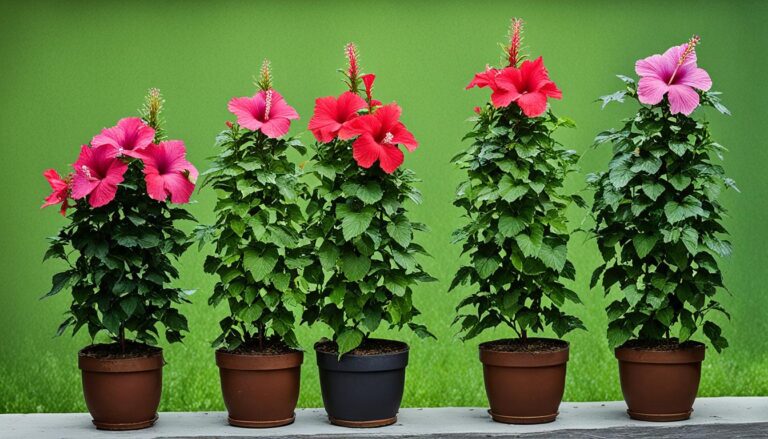Cranberry Hibiscus: Growing, Using, and Loving This Vibrant Tropical Plant
Have you ever stumbled upon a plant that’s both visually stunning and packed with health benefits? Let me introduce you to the Cranberry Hibiscus, a vibrant addition to any garden that’s as beautiful as it is useful.
I’ve been fascinated by this unique plant for years, and it’s easy to see why. With its deep red leaves and delicate flowers, Cranberry Hibiscus stands out in any landscape. But did you know it’s also edible? From its tart leaves to its colorful blossoms, this versatile plant offers a range of culinary possibilities that might surprise you.
What Is Cranberry Hibiscus?
Cranberry Hibiscus (Hibiscus acetosella) is a striking tropical plant known for its vibrant red foliage and edible properties. It’s a member of the Malvaceae family, sharing lineage with other hibiscus varieties and okra.
Origin and Botanical Classification
Cranberry Hibiscus originates from Central and West Africa, where it’s cultivated for both ornamental and culinary purposes. Botanically classified as Hibiscus acetosella, it’s also known by several common names:
- False Roselle
- African Rosemallow
- Red-leaved Hibiscus
- Maroon Mallow
This species belongs to the genus Hibiscus, which includes over 200 species of flowering plants. Cranberry Hibiscus is closely related to Roselle (Hibiscus sabdariffa), sharing similar growth habits and uses.
Physical Characteristics
Cranberry Hibiscus boasts distinctive features that set it apart:
- Leaves: Deep burgundy to maroon, maple-shaped with serrated edges
- Height: Grows 4-8 feet tall in ideal conditions
- Flowers: Delicate pink to light red, measuring 2-3 inches in diameter
- Stem: Reddish-purple, woody at the base
- Growth habit: Upright and bushy
The plant’s foliage provides year-round color, while its flowers bloom in late summer to early fall. Cranberry Hibiscus thrives in full sun to partial shade and prefers well-draining, fertile soil. It’s hardy in USDA zones 8-11 but can be grown as an annual in cooler climates.
Growing Cranberry Hibiscus
Growing Cranberry Hibiscus is relatively straightforward, given the right conditions. I’ll outline the key requirements and care tips to help you successfully cultivate this striking plant in your garden.
Climate and Soil Requirements
Cranberry Hibiscus thrives in warm, tropical climates. It’s best suited for USDA hardiness zones 8-11, where temperatures rarely drop below 50°F (10°C). This plant prefers well-draining, fertile soil with a pH between 6.0 and 6.5. Sandy loam or loamy soil enriched with organic matter provides ideal growing conditions. In cooler regions, Cranberry Hibiscus can be grown as an annual or kept in containers and moved indoors during winter.
Planting and Care Tips
When planting Cranberry Hibiscus, choose a location with full sun to partial shade. Space plants 3-4 feet apart to allow for their mature spread. Water deeply and regularly, especially during dry spells, to keep the soil consistently moist but not waterlogged. Apply a balanced, slow-release fertilizer in spring and mid-summer to promote healthy growth and vibrant foliage. Prune regularly to maintain shape and encourage bushier growth. Pinch back the growing tips to promote branching and a fuller appearance. Monitor for pests like aphids and spider mites, treating with insecticidal soap if necessary. In colder climates, protect plants from frost or bring container-grown specimens indoors before the first freeze.
Culinary Uses of Cranberry Hibiscus
Cranberry Hibiscus offers a unique flavor profile and versatile culinary applications. Its edible parts contribute to various dishes, from salads to beverages, adding both visual appeal and a tangy taste.
Edible Parts and Flavor Profile
The leaves, flowers, and calyces of Cranberry Hibiscus are edible. Young leaves have a tart, lemony flavor with a slight cranberry undertone. The flowers possess a milder taste, offering a subtle sweetness. Calyces, the fleshy part surrounding the seed pod, provide a tangy, fruity flavor similar to cranberries.
- Salads: Raw, young leaves add a zesty punch to mixed greens.
- Teas: Dried leaves and calyces make refreshing hot or iced teas.
- Sauces: Calyces can be simmered into vibrant, tart sauces for meats or desserts.
- Garnishes: Flowers serve as edible decorations for cakes and cocktails.
- Jellies: Calyces produce a cranberry-like jelly or jam.
- Smoothies: Fresh leaves blend well with fruits for nutritious drinks.
- Stir-fries: Mature leaves can be cooked briefly in Asian-inspired dishes.
- Infusions: Flowers and leaves flavor vinegars or oils for dressings.
Health Benefits of Cranberry Hibiscus
Cranberry Hibiscus offers a range of health benefits due to its nutritional composition and potential medicinal properties. This versatile plant contributes to overall well-being through its various edible parts.
Nutritional Value
Cranberry Hibiscus leaves are packed with essential nutrients:
- High in vitamin C, boosting immune function
- Rich in antioxidants, protecting cells from damage
- Contains iron, supporting healthy blood production
- Provides calcium for strong bones and teeth
- Source of dietary fiber, aiding digestion
| Nutrient | Amount per 100g |
|---|---|
| Vitamin C | 49 mg |
| Iron | 5.2 mg |
| Calcium | 215 mg |
| Fiber | 2.3 g |
Potential Medicinal Properties
Cranberry Hibiscus exhibits several potential health-promoting properties:
- Anti-inflammatory effects, reducing bodily inflammation
- Antioxidant activity, combating free radicals
- Diuretic properties, supporting kidney function
- Mild analgesic effects, potentially alleviating pain
- Antimicrobial qualities, potentially fighting harmful bacteria
- Lowering blood pressure
- Managing diabetes
- Supporting cardiovascular health
- Boosting liver function
- Enhancing skin health
Landscaping With Cranberry Hibiscus
Cranberry Hibiscus adds a vibrant splash of color and tropical flair to any landscape. Its striking burgundy foliage and eye-catching flowers make it an excellent choice for creating visual interest in gardens and outdoor spaces.
Ornamental Value
Cranberry Hibiscus serves as a stunning focal point in landscape designs. Its deep burgundy leaves provide a rich contrast against green foliage plants, creating visual depth and interest. The plant’s tall, upright growth habit (4-8 feet) makes it ideal for back borders or as a natural privacy screen. During late summer and early fall, the plant produces pink to red flowers that attract pollinators, adding movement and life to the garden. In tropical and subtropical climates, Cranberry Hibiscus can be used as a perennial hedge or accent plant, while in cooler regions, it’s an excellent choice for seasonal container gardens or as an annual specimen plant.
Companion Planting Suggestions
Pairing Cranberry Hibiscus with complementary plants enhances its ornamental value and creates harmonious garden compositions. Here are some companion planting suggestions:
- Silver-leaved plants: Dusty Miller or Artemisia provide striking contrast to the dark foliage.
- Yellow-flowering plants: Rudbeckia or Coreopsis offer complementary color pairings.
- Tropical foliage plants: Cannas or Elephant Ears create a lush, exotic look.
- Ornamental grasses: Pennisetum or Miscanthus add texture and movement.
- White-flowering plants: Gardenias or White Pentas create a sophisticated color scheme.
When selecting companions, consider plants with similar growing requirements to ensure a thriving garden ecosystem. Group plants with comparable water and sunlight needs for easier maintenance and optimal growth.
Conclusion
Cranberry Hibiscus is a versatile and captivating plant that offers both aesthetic appeal and practical benefits. Its striking appearance vibrant culinary uses and potential health advantages make it a valuable addition to any garden or landscape.
Whether you’re looking to enhance your outdoor space create unique culinary experiences or explore natural health remedies Cranberry Hibiscus is worth considering. With proper care and attention this beautiful plant can thrive in various settings providing year-round enjoyment and numerous benefits.
I encourage you to explore the possibilities of Cranberry Hibiscus and discover how it can enrich your gardening culinary and wellness experiences.

